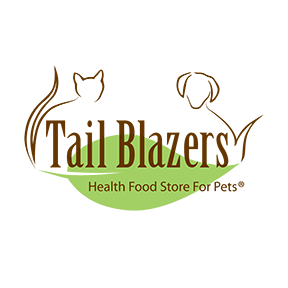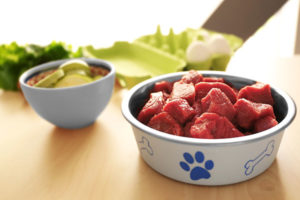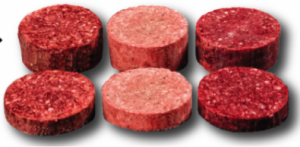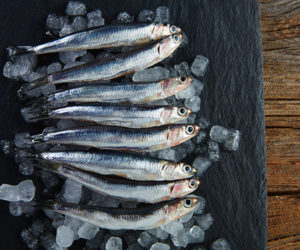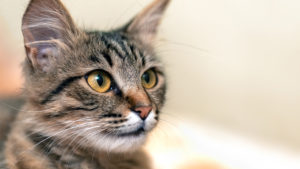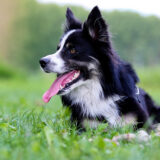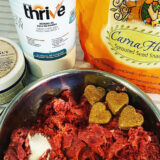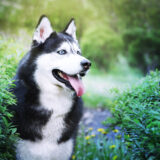DCM in Dogs – Update for 2021
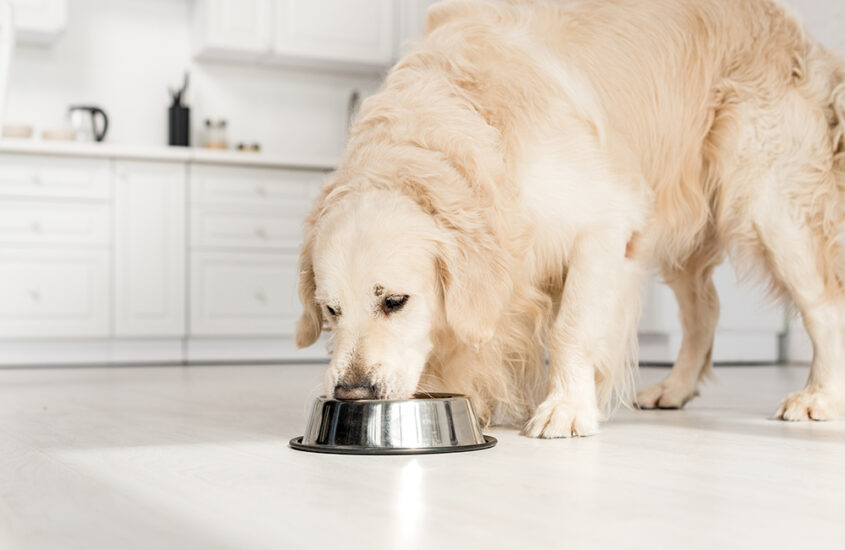
There have been many articles written on the topic of DCM and pets over the last while. (For info on what DCM is and original information on this topic, please read our blog post here). It continues to be a topic that lingers in the back of our minds. There remains a need for more study and research to be done regarding causes of non-hereditary DCM. The most recent update was in September 2020 where “…scientific experts from academia, industry, and veterinary medicine came together to participate virtually in a scientific forum hosted by Kansas State University…”[1]. The forum was an opportunity to look at dogs and the possible causes of non-hereditary DCM.[2] The meeting was not publicly announced at first, but this would soon change and the information and what was discussed was made public. It is also a confusing time for pet parents. Do I feed grain free food? Do I feed a grain-inclusive food? Do I scrap kibble all together and feed a raw based diet?
The FDA and their partner for the ongoing DCM investigation Vet-LIRN (the veterinary laboratory network) provided an update on what knowledge has been gathered thus far, during the September 2020 meeting. They had examined approximately 150 dogs who were diagnosed with DCM to learn about causes as well as recovery details. “The results show that DCM is a multifactorial issue with potential variables including, but not limited to, breed, age, weight, gastrointestinal disease, atopy, infection and more.”[3] The next point is what has been the hot topic of DCM in pets and that is DIET. The FDA has not declared any certain brand of pet food unsafe or linked to DCM.[4] Ryan Yamka (founder and independent consultant with Luna Science and Nutrition) explains there has been miscommunication with regards to the information and the way it was sent out to pet owners, vets and the pet food industry.[5]
There is still a lack of evidence that links grain free kibble to DCM. The last few years have been confusing for pet parents, but one thing that remains the same is that a species appropriate raw diet is the ideal food for cats and dogs. Raw food does not need to be cooked and is closest to what canines and felines would eat in the wild. Dry food needs to be cooked to provide a shelf stable food that can remain on store shelves and be stored in home cupboards for certain amounts of time. Typically, this requires a starch to hold the kibble together.

Much of the information readily available on the advantages of a grain-free or grain inclusive diets is found on manufacturer websites that make these foods. Of course they are going to promote the healthiness of grains and on the flip side, grain free. While there is no link between DCM and any dry food diets or ingredients, it is important to point out that there are disadvantages of feeding a grain free kibble diet. Legumes, such as peanuts, soybeans, lentils, beans and chickpeas[6], are present in many grain free diets, which have their disadvantages. Phytic acid is naturally occurring in legumes. This acid is an anti-nutrient as it binds to minerals such as zinc, magnesium and iron and can reduce the availability of these important nutrients from your dog. Lectins found in legumes (specifically beans) limit nutrient absorption. The pet’s body has issues absorbing nutrients through the intestines because the lectins damage cells that line the intestines. The whole gut flora can change, leading to immunity issues.[7]
Grain inclusive diets have been available to pet parents for a long time. In recent years surrounding DCM there has been an increase in the grain inclusive kibbles available on the market and demand from customers. There are whole grains and then there are refined grains. Refined grains do not have the germ and bran because of the milling process and are even less desirable as a pet food ingredient. Whole grains (entire grain kernel), include the bran, germ and endosperm and have a higher nutritional value. Refined grains have minimal nutritional value since the milling process removes iron, dietary fiber, and B vitamins. Additionally, blood glucose levels are affected since the dog’s body breaks down these grains quite fast, causing a surge in insulin. Refined grains include white rice, white flour and degermed cornmeal. If a grain inclusive diet is being fed, whole grains are a source of carbohydrates, which are not a required nutrient. Whole grains include millet, quinoa, buckwheat, barley, oatmeal, whole wheat, triticale, amaranth, corn, bulgur, rye, and brown rice and provide minerals such as iron and magnesium, B vitamins and dietary fiber. [8] There is also the risk of mycotoxins in grains (and other crops) and therefore in the pet food. Mycotoxins are the toxic by-product of mold or fungus and can contaminate crops such as barley, corn, wheat, beets, cottonseed and peanuts. But they can also be found in sorghum, sunflower seeds, soybean, rice, wheat and pearl millet. [9] It’s important to note when listing the above ingredients, that at Tail Blazers we do not approve any foods with corn, soybean or wheat.
The FDA received over 1,100 reported cases of DCM in dogs between Jan 1, 2014 and July 31, 2020. These cases were mainly reported right after the public was updated by the FDA. In some cases, a household had more than one case. Over 280 of the reported dogs died. There were around 13 cat deaths of the approximate 20 cat cases reported.[10] 2017-2018 U.S. Pet Ownership & Demographics Sourcebook show that there are 76,811,305 dogs and 58,385,725 cats. 38.4% of households own a dog and 25.4% of households own a cat.[11] This shows that the number of pets affected by DCM is not that high in comparison to the number of dogs and cats in the U.S. There are so many food options available for pets and it is confusing. What is the best food for your pet? Tail Blazers helps with the guess work in narrowing the search for the best option while focusing on a species appropriate diet.
Written by: Michael Thompson
References:
[1] https://www.fda.gov/animal-veterinary/cvm-updates/interdisciplinary-scientific-cooperation-will-lead-way-understanding-non-hereditary-dcm
[2] https://www.fda.gov/animal-veterinary/cvm-updates/interdisciplinary-scientific-cooperation-will-lead-way-understanding-non-hereditary-dcm
[3] https://www.petfoodindustry.com/blogs/10-debunking-pet-food-myths-and-misconceptions/post/9729-dcm-and-grain-free-pet-food-september-2020-fda-update?utm_source=Omeda&utm_medium=Email&utm_content=NL-Petfood+Industry+News&utm_campaign=NL-Petfood+Industry+News_20201103_0200&oly_enc_id=2137F3712701J9W
[4] https://www.fda.gov/animal-veterinary/cvm-updates/interdisciplinary-scientific-cooperation-will-lead-way-understanding-non-hereditary-dcm
[5] https://www.petfoodindustry.com/blogs/10-debunking-pet-food-myths-and-misconceptions/post/9729-dcm-and-grain-free-pet-food-september-2020-fda-update?utm_source=Omeda&utm_medium=Email&utm_content=NL-Petfood+Industry+News&utm_campaign=NL-Petfood+Industry+News_20201103_0200&oly_enc_id=2137F3712701J9W
[6] https://www.fda.gov/animal-veterinary/animal-health-literacy/questions-answers-fda-center-veterinary-medicines-investigation-possible-connection-between-diet-and#:~:text=Examples%20include%20dried%20beans%2C%20dried%20peas%2C%20chickpeas%20and%20lentils.
[7] https://www.dogsnaturallymagazine.com/are-potatoes-good-for-dogs-and-other-questions-about-starch/
[8] https://www.whole-dog-journal.com/health/digestion/carbohydrates-and-your-dogs-digestive-system/
[9] https://www.dogsnaturallymagazine.com/are-potatoes-good-for-dogs-and-other-questions-about-starch/
[10] https://www.fda.gov/animal-veterinary/animal-health-literacy/questions-answers-fdas-work-potential-causes-non-hereditary-dcm-dogs
[11] https://www.avma.org/resources-tools/reports-statistics/us-pet-ownership-statistics
